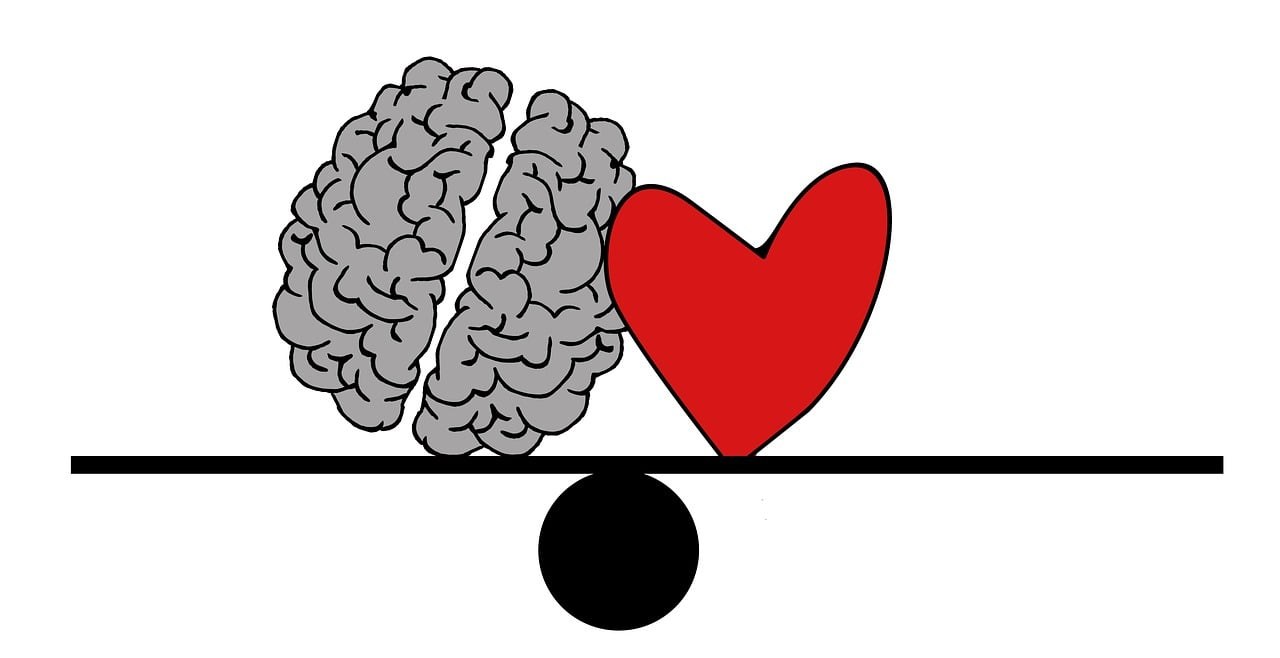You’re enjoying the spark, the easy laughter, the plans that seem to multiply on their own – and yet a quiet question keeps tapping at the back of your mind: when should you define the relationship? Wanting clarity doesn’t make you needy; it makes you honest. To define the relationship is simply to name what’s already taking shape, to make sure you’re walking in the same direction rather than drifting in circles. This guide reframes the conversation so it’s less about pressure and more about alignment, helping you ease into a clear, mutual understanding without turning the moment into a high-stakes interrogation.
What “define the relationship” actually means
When people say they want to define the relationship, they’re not asking for a permanent contract – they’re asking for a shared map. The map can be exclusive or open, casual or committed, future-focused or present-tense. To define the relationship is to agree on terms that feel fair to both of you, to set boundaries that make sense, and to confirm that the rhythm you’re in matches what you both want. Because every pair writes its own rules, clarity matters: one couple’s comfort zone could be another couple’s red line. The goal is not to copy anyone else’s label, but to articulate your own.
Defining the relationship also sets tone and expectations – how you communicate, what you count as commitment, and how you’ll handle changes. If exclusivity is the plan, say so. If you prefer openness, define the relationship by outlining guardrails that protect trust and well-being. There’s no universal script; there is a mutual responsibility to be straightforward.

Why avoidance creates confusion
Staying vague can feel easy in the short term, but ambiguity comes with a cost. When you never define the relationship, assumptions replace agreements. One person may believe late-night check-ins are fine, while the other silently hopes for real dates and weekend plans. Without a shared definition, every gesture is open to interpretation – which means you can accidentally cross lines you didn’t know were there. A brief, respectful talk can relieve the tension, protect both people’s feelings, and make the path ahead less murky.
Why rushing can backfire
There’s also a risk in labeling too fast. Urging someone to define the relationship before you’ve gotten to know how they show up under ordinary life stress can spike anxiety and prompt defensiveness. The sweet spot sits between drifting and demanding – a place where you’ve gathered enough lived data to talk substance without guessing. Give the connection time to breathe; watch for consistent effort, curiosity, and care. When you sense momentum, you can define the relationship without it sounding like an ultimatum.
Clear indicators it’s time to speak up
Below are recognizable moments that often mean it’s time to define the relationship. Use them as conversation starters rather than rigid rules – context always matters.

Your future chats stay foggy. If plans remain vague – “sometime,” “we’ll see” – and you’re adjusting your life around uncertainty, it’s reasonable to define the relationship so your choices aren’t built on guesswork.
You’re unsure about seeing other people. Wondering whether dates outside the connection are okay means you need ground rules. Define the relationship to outline monogamy, openness, or a middle path that respects both of you.
Calls arrive only after midnight. If attention shows up mostly as tipsy check-ins, you may be stuck in a casual lane you didn’t choose. Define the relationship to establish whether real dates and daytime slots are on the table.

You fear wasting time. If your goals point toward stability but you don’t know if theirs do, waiting can turn into wishful thinking. Define the relationship so you can invest with confidence – or protect your time.
Keys are exchanged, labels are not. When you’re entering homes freely yet still uncertain about status, the mismatch creates emotional whiplash. Define the relationship to match access with clarity.
Introductions feel awkward. Stumbling over “this is…” signals missing language. Define the relationship and choose a description that fits – partner, boyfriend, girlfriend, something else – so social moments feel natural.
Friends keep asking what’s going on. If the chorus around you is “so, what are you two?”, the conversation is overdue. Define the relationship to replace speculation with a shared answer.
Dates are consistent and meaningful. Once you’ve moved beyond early testing and into a steady rhythm, it’s fair to define the relationship. Consistency is a reliable cue that expectations can be clarified.
“I love you” is on the tip of your tongue. Big feelings deserve a safe container. Define the relationship so those words land in context, not in limbo.
Public status doesn’t match. Social media isn’t everything, but misalignment can hint at hesitation. Define the relationship in private first, then decide together what you share outwardly.
Infidelity would hurt – a lot. If the thought of them hooking up with someone else stings, your heart is already treating this as exclusive. Define the relationship to make the understanding mutual.
You want momentum. There’s no need to keep quiet about your hopes. Define the relationship to signal that you’re ready to move forward and to discover if they are too.
Timing matters to you. Biological clocks, career transitions, or family plans can make clarity urgent. Define the relationship so your timeline is respected rather than quietly sidelined.
You sense they’re more invested – or less. If the balance is off, honesty is kindness. Define the relationship to prevent unintentional hurt and to recalibrate expectations.
You’ve reached your limit with ambiguity. When uncertainty becomes exhausting, peace often follows a candid talk. Define the relationship to replace anxiety with direction.
You’ve been together longer than many formal couples. Longevity without language can feel like walking without a trail. Define the relationship to acknowledge the reality you’re already living.
You co-parent. Shared caregiving introduces responsibilities and public moments – school forms, family events – that benefit from a clear description. Define the relationship so everyone, especially children, understands the family framework.
You share expenses. Money intertwines lives quickly. Define the relationship to set expectations around fairness, commitments, and exit plans if needed.
Family keeps pressing for answers. Outside pressure is not a reason to rush, but if the questions echo your own, it’s time to check in. Define the relationship so you’re not living by other people’s narratives.
Your sense of security is slipping. If uncertainty is eroding self-esteem, your emotional health comes first. Define the relationship to create steadiness or to confirm it’s time to step back.
Preparing to define the relationship with care
Clarity lands best when it’s grounded in respect. Before you speak, gather observations – not accusations – and decide what you want to ask for. To define the relationship effectively, focus less on labels and more on shared values, day-to-day behavior, and how you’ll handle conflict. Below are practical ways to set the stage.
Pick a calm window. Choose a time when neither of you is rushing out the door or balancing distractions. Quiet space helps you define the relationship without turning it into a debate.
Seed the topic gently. Mention a future event you’d love them to attend with you or note how much you appreciate the routine you’re building. Light cues prepare the ground to define the relationship without shock.
Notice your integration. Have you met their friends? Do they fold you into plans? These are data points. Use them to define the relationship based on patterns you both can see rather than on wishes alone.
State intentions early in dating. A casual, first-weeks check-in like “I’m dating with openness to something committed” keeps everyone oriented. Later, it’s easier to define the relationship because you’ve already signaled direction.
Skip the liquid courage. Alcohol blurs nuance and can escalate emotion. Staying sober makes it easier to define the relationship clearly and kindly.
Keep the tone conversational. A steady, matter-of-fact vibe invites honesty. When the chat feels like everyday collaboration, it’s much simpler to define the relationship without triggering defenses.
Test language lightly. Refer to each other as partners in passing and notice reactions. If the word feels right to both, you’ve already begun to define the relationship in practice.
Know what you want to ask for. Be specific: regular plans, exclusivity, openness, or pacing. Ambiguity invites mixed signals – precision helps you define the relationship in ways that are actionable.
Listen for the whole answer. Curiosity beats cross-examination. When you truly hear them, you’ll define the relationship in a way that reflects reality instead of forcing a fantasy.
Avoid ultimatums. Boundaries are fair; threats are brittle. If your needs don’t match, you can part with respect. But using pressure to define the relationship tends to produce compliance instead of commitment.
How to phrase it – scripts that sound like you
You don’t need poetry, just plain language and warmth. Here are flexible lines you can adapt to define the relationship without drama:
“I really like what we’re building, and I’m ready to talk about what this is for us. What feels right to you?”
“I’m happiest when we plan ahead and treat this as exclusive. How does that land for you?”
“It helps me to have clear expectations – can we define the relationship so we both know what works?”
“I care about you, and I want to be transparent about what I’m looking for. What are you hoping for here?”
Setting respectful boundaries once you define the relationship
After the talk, alignment becomes practice. Decide how you’ll handle topics that often tangle couples: communication frequency, privacy, social media, time with friends, and conflict repair. To define the relationship fully, sketch simple policies together – for example, “If something bothers us, we name it within a day,” or “We plan at least one real date per week,” or “If we’re open, we check in weekly about feelings and logistics.” Agreements don’t eliminate friction, but they contain it – like guardrails on a curvy road, they prevent small slides from becoming major wrecks.
What to do if you want different things
Sometimes the talk reveals a gap. One person wants exclusivity; the other wants more time. This isn’t failure – it’s information. You can define the relationship around a pause or a transition, or you can close the chapter kindly. Either way, honesty accelerates you toward the life that fits. Remember, to define the relationship is to honor your values and theirs, not to win a negotiation at any cost. If walking away protects your self-respect, that clarity is a gift – even if it stings in the short term.
Mindset shifts that make the conversation easier
Think of clarity as care. When you define the relationship, you’re not trapping someone; you’re inviting alignment. Replace mind-reading with dialogue, fear with curiosity, and scarcity with standards. You’re not asking for guarantees – you’re asking for the truth. And the truth, even when it nudges you toward a tough decision, frees you to show up fully where you’re genuinely wanted.
A gentle push to speak up
If you’re scanning your situation and nodding along, that quiet tap in your mind is your cue. The moment to define the relationship is often the moment you realize your peace depends on it. Take a breath, choose a calm time, and lead with what you appreciate. Then ask for the future you can actually live with. Whether the answer aligns or diverges, you’ll step forward with certainty – and certainty is the opposite of anxiety.